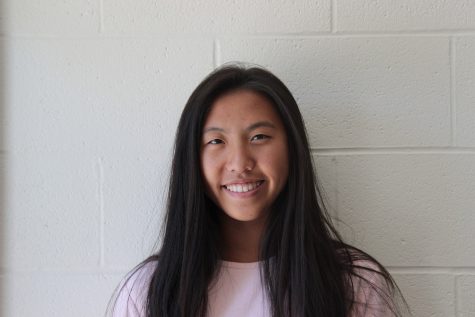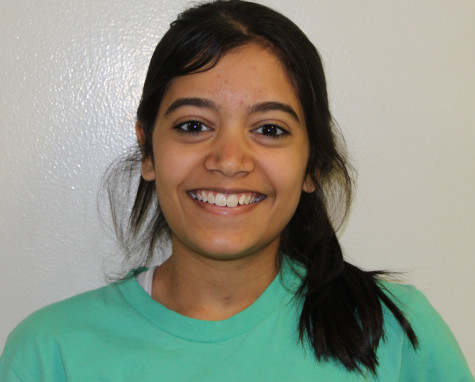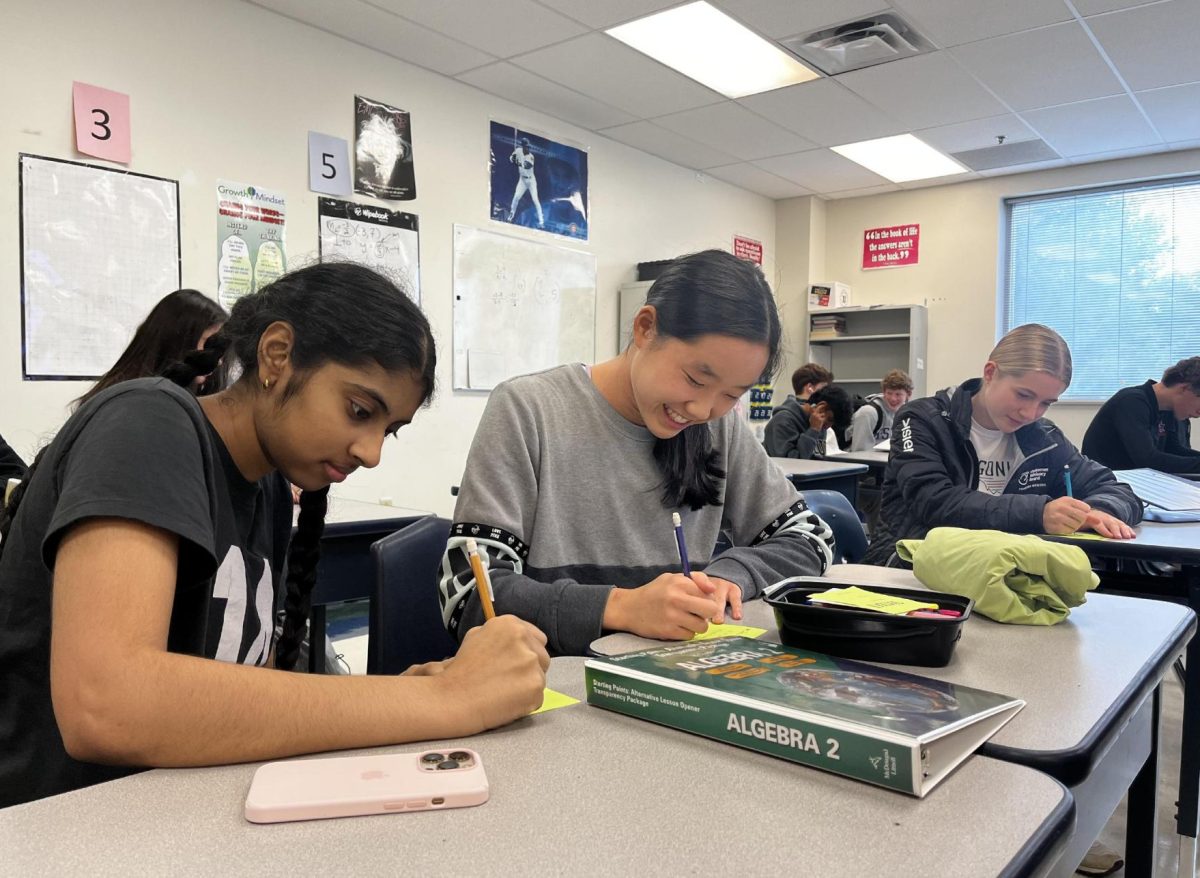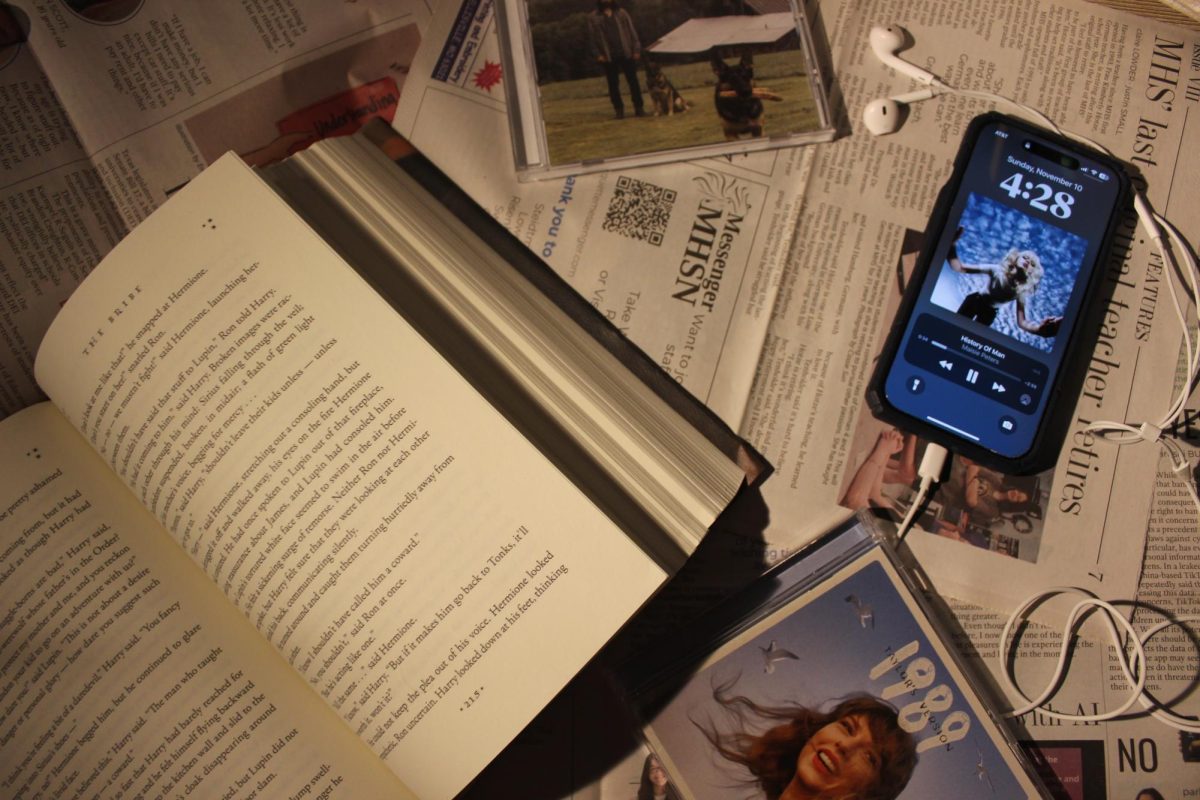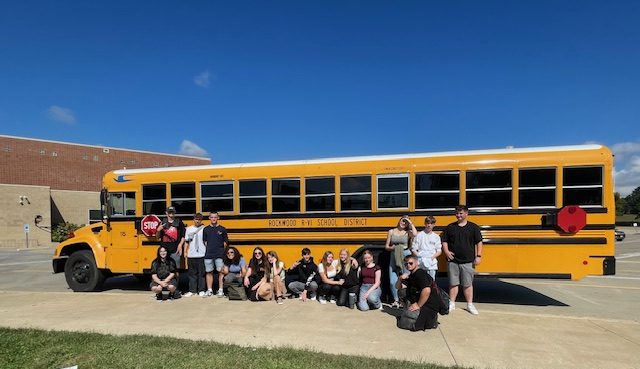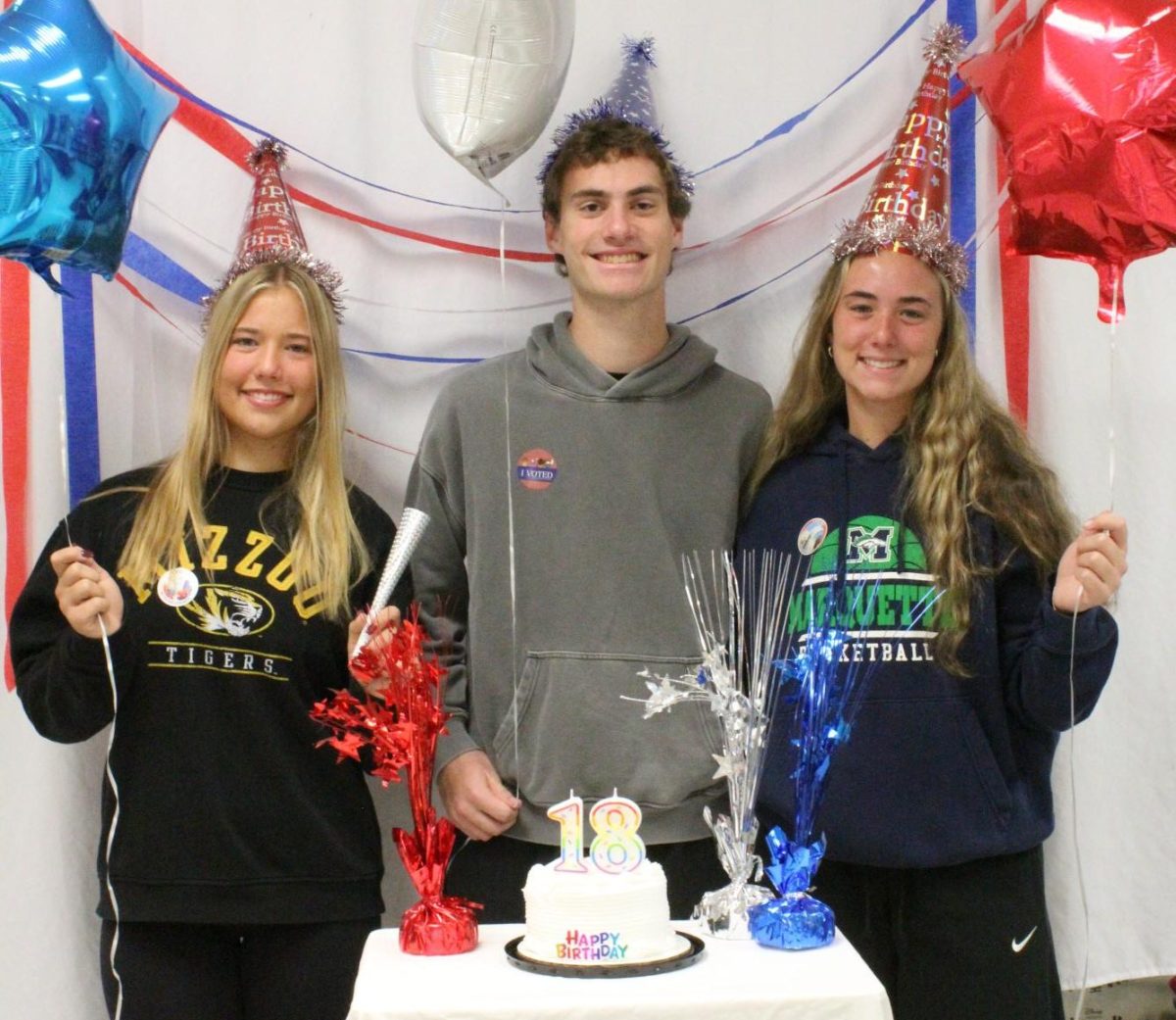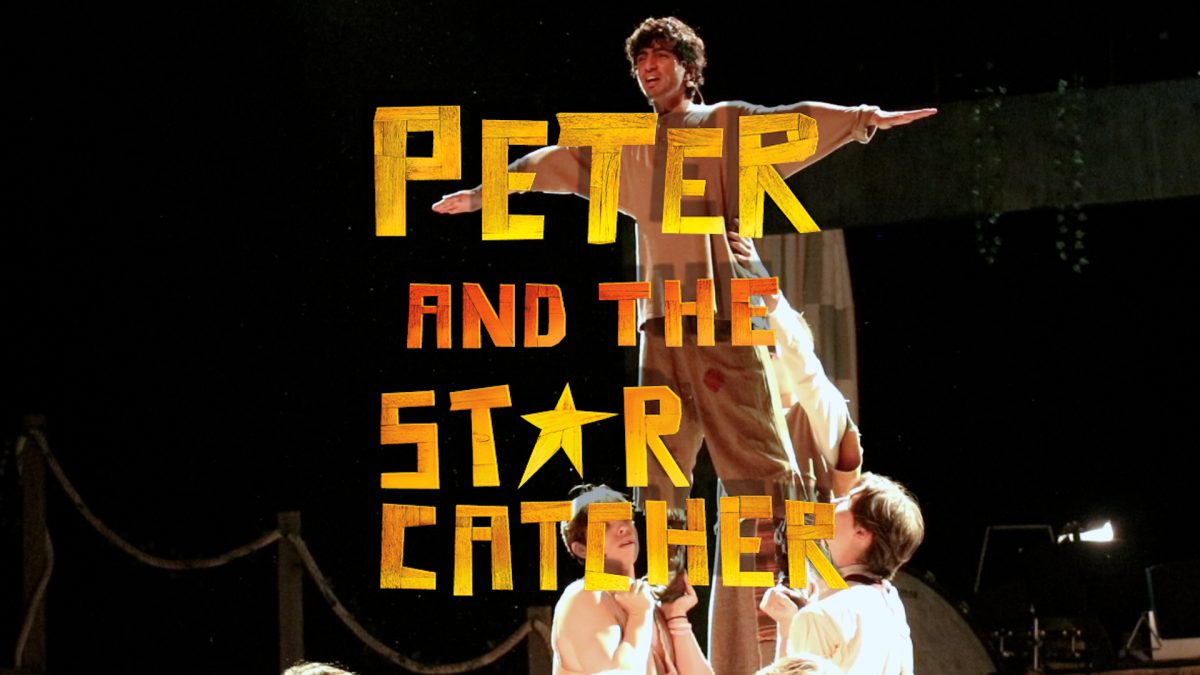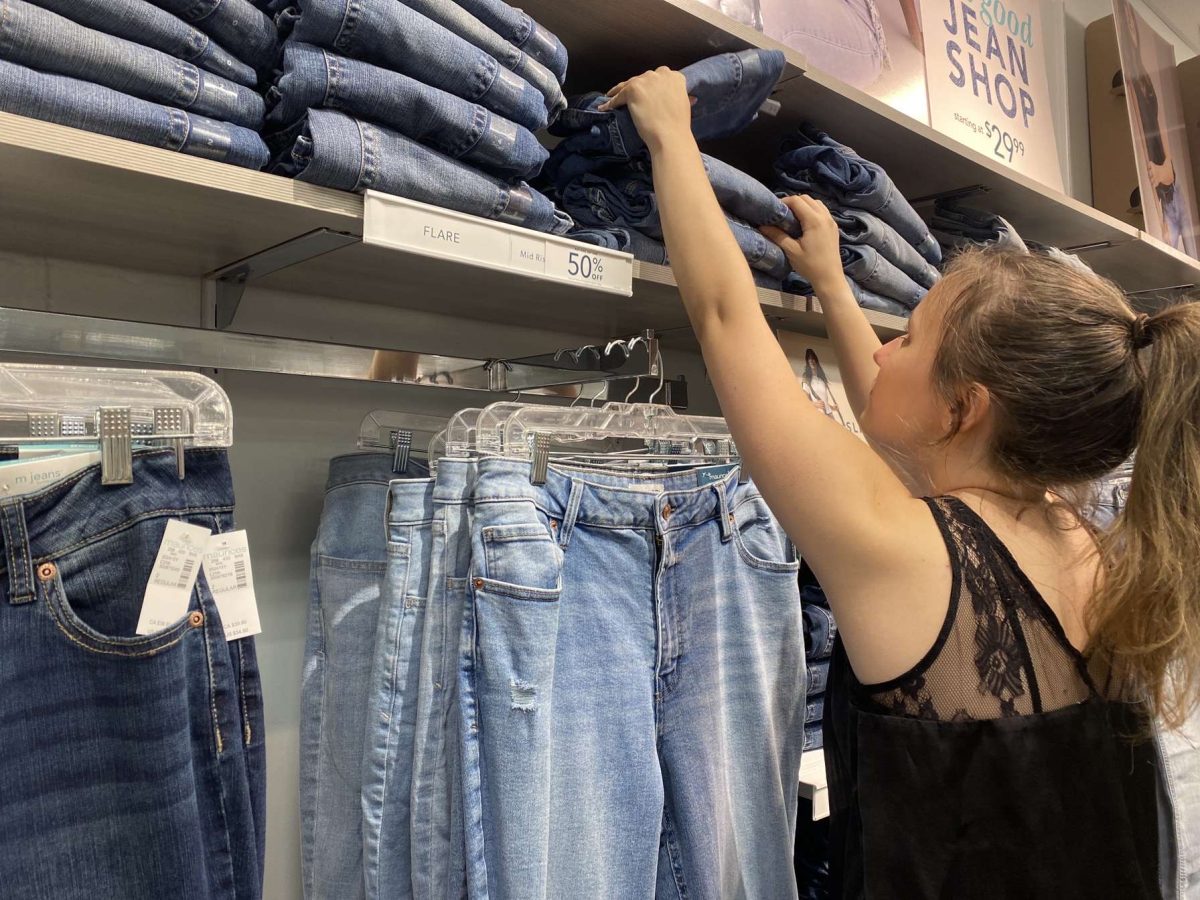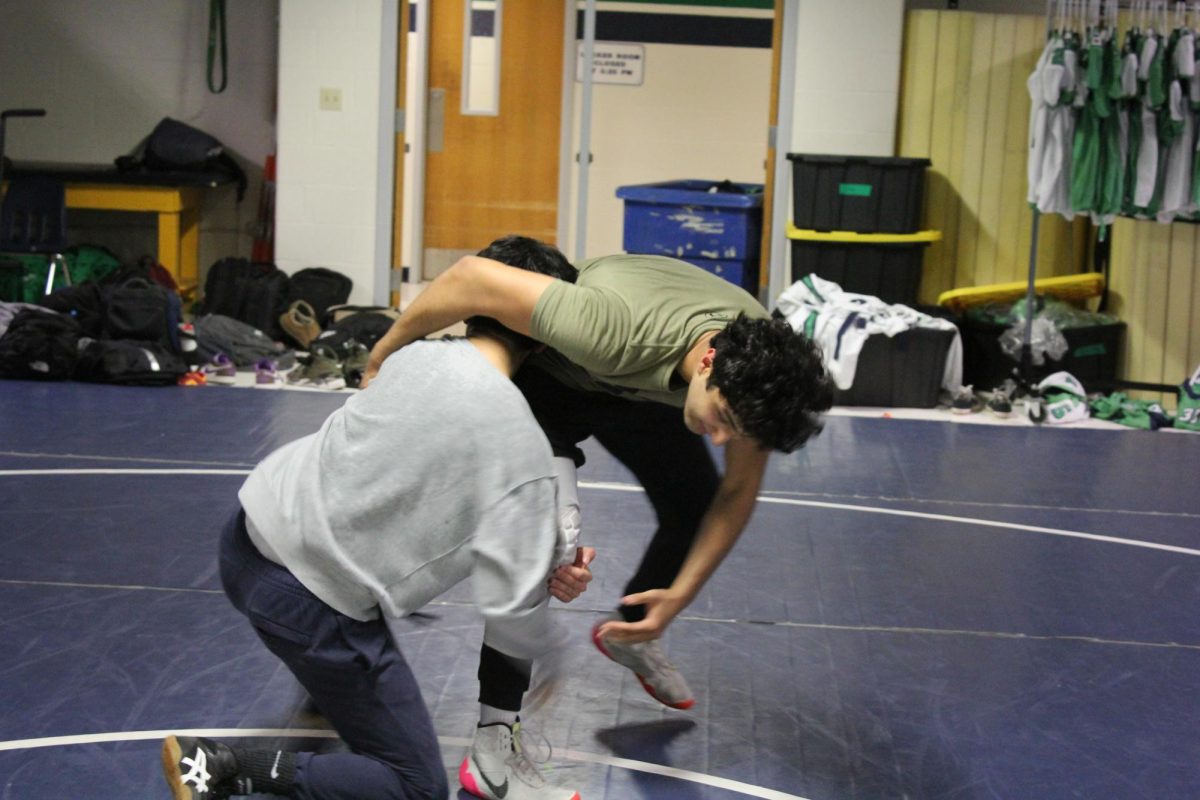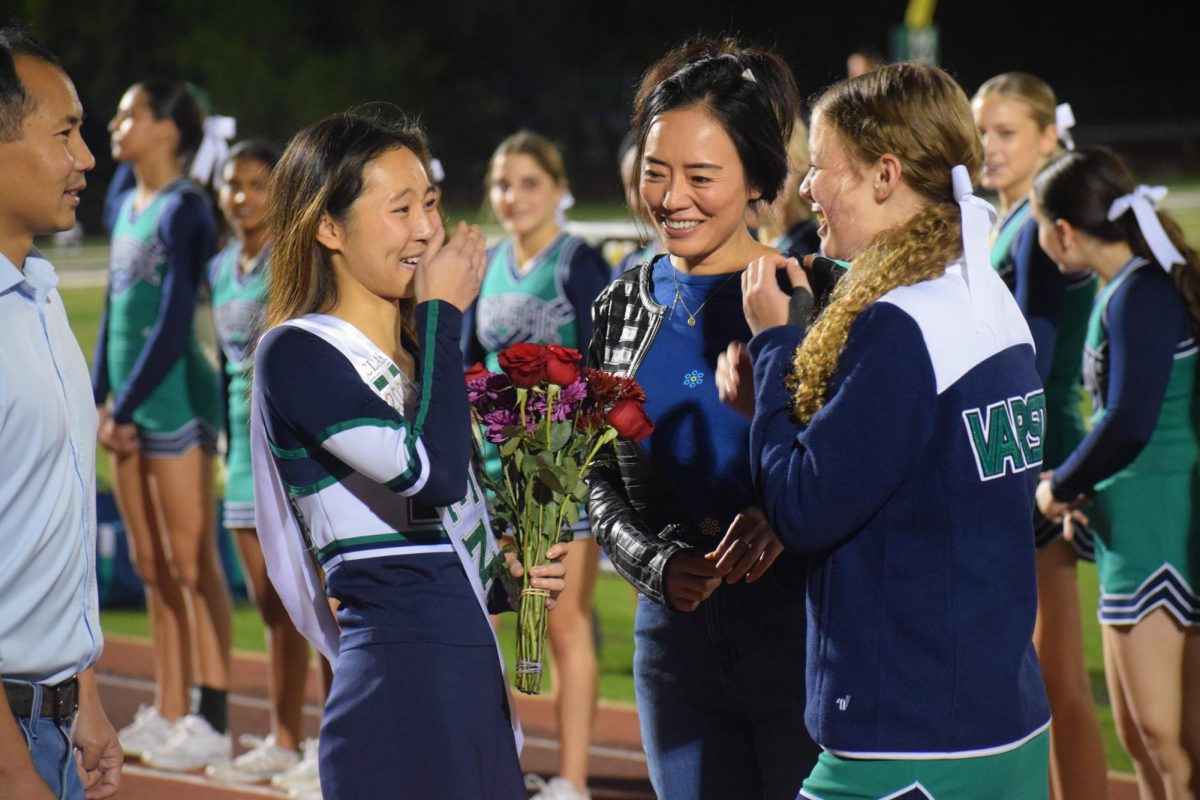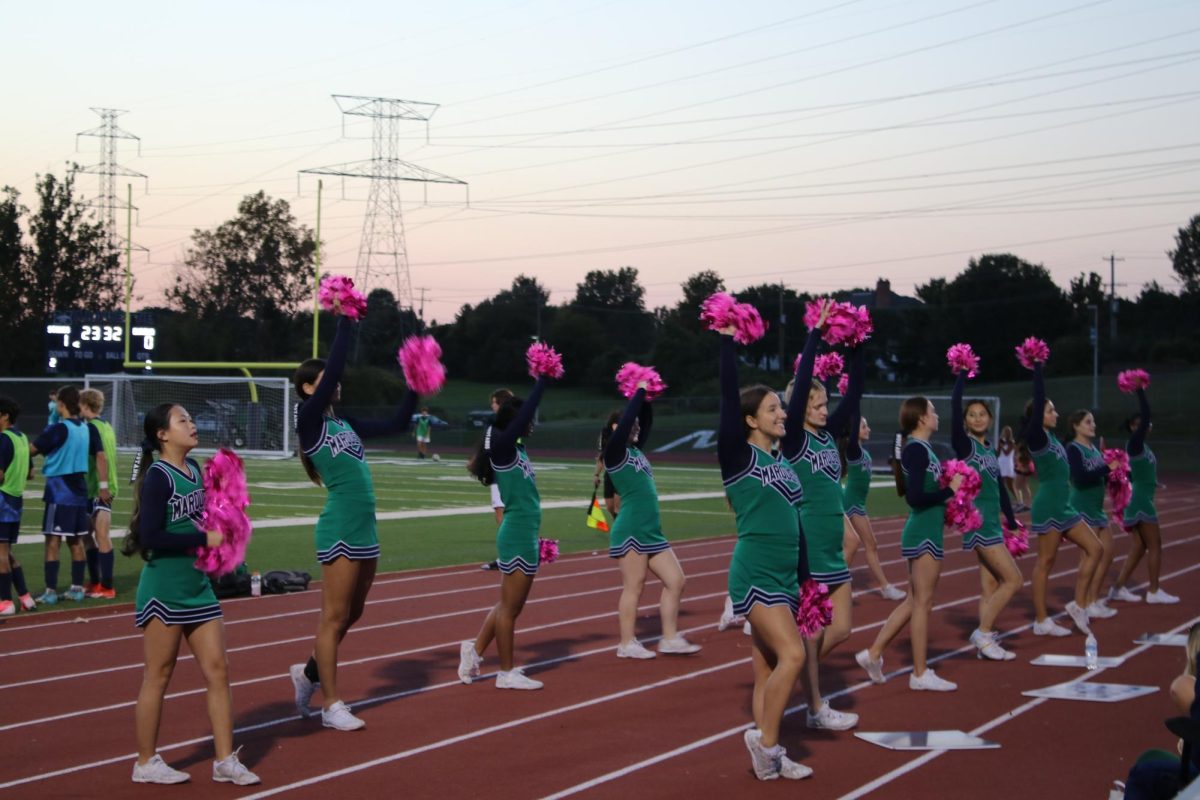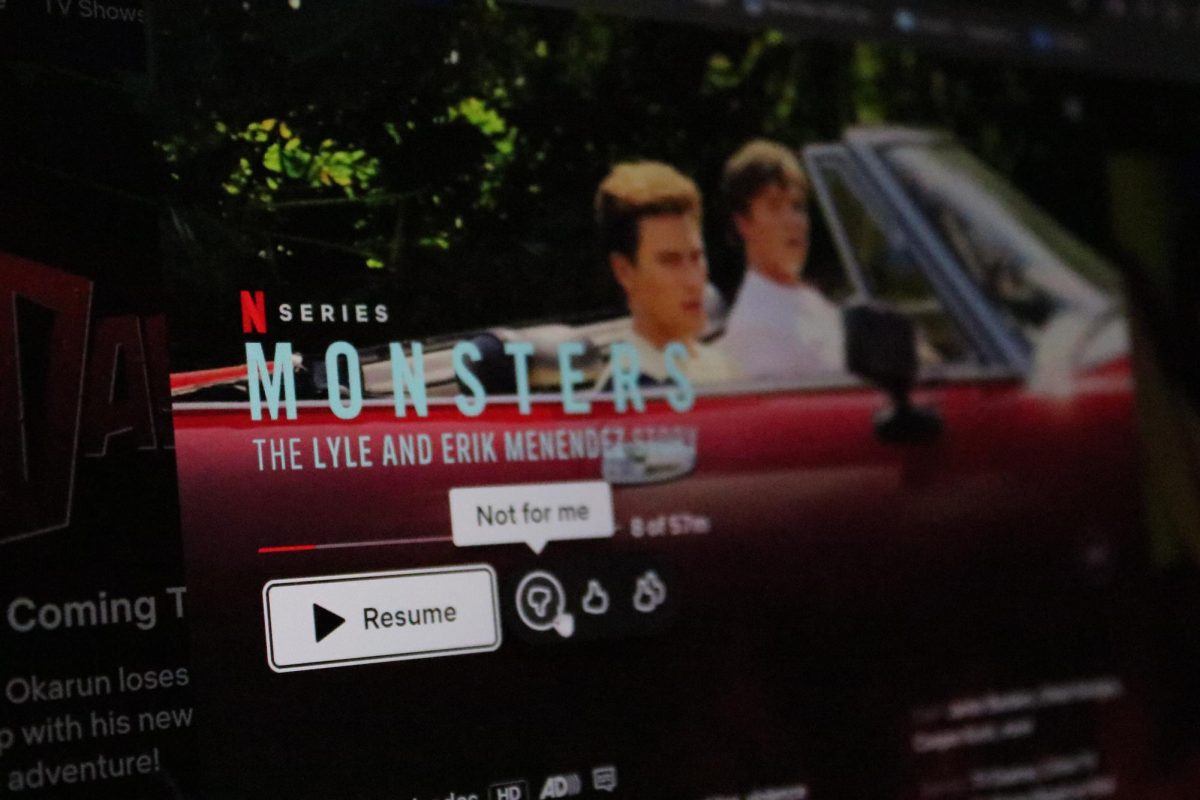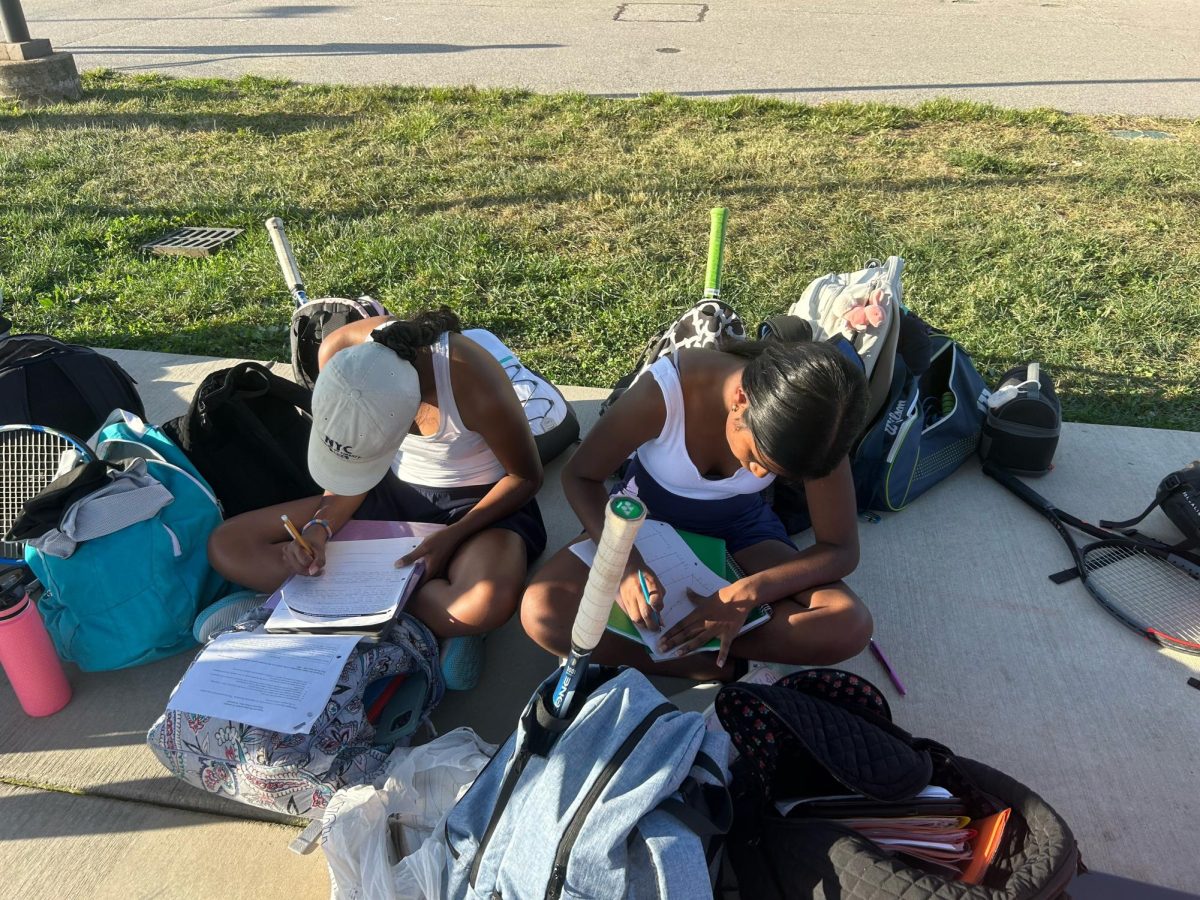Students share their experiences with autism and work to spread awareness
light it up BLUE
April 29, 2016
Juniors Hope and Grace Thomas have fond memories with their 16-year-old brother, Trey Thomas. For Hope, one particularly memorable moment was just hanging out with him on their trampoline a few weeks ago. For Grace, it was watching him perform on stage, his face beaming with happiness. Both sisters describe their relationship with their brother as “close,” but there are moments the sibling connection is strained. He’s aggressive. He has epilepsy. He has a tendency to hurt people.
Trey is on the autism spectrum.
Experience
His specific diagnosis is Pervasive Development Disorder, Not Otherwise Specified, or PDD-NOS. He is one of the 3.5 million Americans living with Autism Spectrum Disorder (ASD). Autism is a developmental disability that is present from birth and affects a person’s communication and sensory processing skills. Because it is a spectrum disorder, its severity is different from person to person.
“Autism awareness is important because it’s a disability there are no physical signs of; you can’t just look at someone and say they have autism like you can with someone who has downs syndrome,” Michael Morrier, assistant director at the Emory Autism Center, said. “Anyone can have this disorder, and it could be the people they interact with day in and day out.
Awareness
The goal of National Autism Awareness Month is to reduce the misconceptions people may have of autism and to spread the truth.
To Grace, Autism Awareness Month is important to help others understand her situation and the problems and judgement autistic kids face.
“Some people have to realize how hard it is for some kids with autism to deal with that, so awareness during the entire time is huge,” she said.
As Trey’s sister, Grace sympathizes with his daily struggles.
“He still wants the attention, but he can’t exactly go outside and have the freedom that other teenagers do,” she said. “To get attention, he likes to pull hair, he likes to kick, he likes to punch, he likes to butt heads.”
Because of Trey’s special needs, the Thomas family needs to care for him around the clock, resulting in a unique situation for Hope and Grace, causing them to mature faster than the average teenager.
“Sometimes I get jealous because I see other kids able to join all these clubs, all these sports, have a free life, go where they want whenever they want,” Grace said. “I can’t because I have to go home and watch my brother.”
Besides watching Trey, bedtime situations and medical issues often arise, requiring quick action from the family.
“At night, since my brother goes to sleep really early, we all have to keep really quiet because if he wakes up, it’s kind of like waking up a baby,” Hope said.
Tom Thomas, Grace, Hope, and Trey’s dad, said handling Trey’s outbursts has become more difficult for him and his wife lately because he’s gotten bigger. This change has made him especially thankful for the increased awareness for autism.
“That makes a huge difference, when people are aware enough to cut you some slack and not make difficult situations harder,” Tom said. “I’ve had people help in extraordinary ways. Sometimes he has very violent outbursts and you have to be aware of that. It’s a challenging universe that we live in.”
The Spectrum
Although Trey is in the lower functioning end of the autism spectrum, he is not representative of everyone who has autism. On the other end of the spectrum, there are people with autism that are incredibly high functioning, with only slight communication or relationship difficulties.
While junior Cooper Hoffmeyer, president and founder of Autism Acceptance Club, doesn’t have autism, he’s been trying to rectify this misconception.
“Some people might assume that all people with autism are emotionless, riding through life without having any feelings,” Hoffmeyer said.
Symbols
Thursday, March 31, the day before Autism Awareness Month, several students handed out blue puzzle piece pins during lunch. The pins, painted and put together by students in Special
Education classes, have been given out to staff members for several years now, but Hoffmeyer and Amy Blumenfeld, Special School District Area Coordinator, thought it would be a good idea to involve students as well.
“Blue is the international color for autism and the puzzle piece is the symbol,” Hoffmeyer said. “It serves as a reminder for people when they see the puzzle piece that this is the month we are celebrating and they should take the extra step to be informed.”
The pins is just one of the ways the Autism Acceptance Club is trying to spread awareness. They’ve also worked with the Special Education department to get a fact of the day out on the announcements, one for every day of April, to try and educate people.
“We’re trying to volunteer in the community to get a more widespread view about autism and special needs in general, so we’d like to clear those up and help as much as we can,” Hoffmeyer said.
Understanding autism is an educational experience for everyone. Now, Hope can’t imagine life without her brother and the ways he has changed her.
“There are definitely restrictions and stresses, but it also educated us,” Hope said. “We’re all a little bit more humble now. I think if I didn’t have a brother with autism, I might have been one of the people who were more judgmental towards people with special needs. My brother has taught me to have a lot more respect.”



